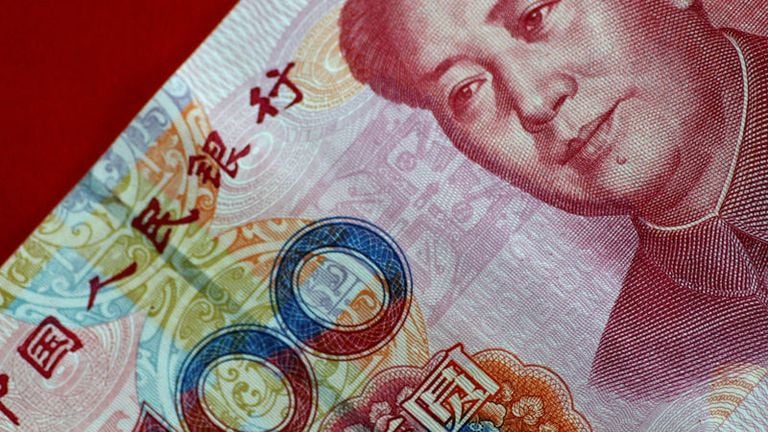Tether, the issuer of the world’s most widely used stablecoin, USDT, is once again under the spotlight as concerns over its transparency have surfaced, leading to increased scrutiny from both regulators and market participants. The lack of clarity around Tether’s reserves has drawn uncomfortable comparisons to the infamous collapse of FTX, a major crypto exchange that crumbled in part due to opaque financial practices.
The Core of the Issue: Transparency in Reserves
Tether’s USDT is a cornerstone of the cryptocurrency market, serving as a stable, dollar-pegged asset that traders use to move in and out of volatile cryptocurrencies with ease. However, the stability of USDT is only as strong as the reserves backing it. For years, Tether has faced questions about whether it holds enough reserves in cash or cash-equivalent assets to fully back the billions of USDT tokens in circulation.
These concerns have intensified recently, as Tether has yet to provide a fully transparent audit of its reserves. Critics argue that without a clear, independent audit, there’s no way to confirm that Tether actually holds the assets it claims to. This lack of transparency has created a cloud of uncertainty over the entire market, as USDT is used in a vast majority of crypto transactions.
Comparisons to the FTX Collapse
The current scrutiny facing Tether has drawn parallels to the collapse of FTX, a crypto exchange that fell apart due to a combination of mismanagement, lack of transparency, and misuse of customer funds. The sudden and catastrophic failure of FTX served as a wake-up call for the industry, highlighting the dangers of opaque financial practices.
While Tether and FTX operate differently—Tether as a stablecoin issuer and FTX as an exchange—the comparison is rooted in the shared concern of what can happen when a major player in the crypto space lacks transparency. If Tether were to fail due to insufficient reserves or undisclosed financial risks, the fallout could be even more devastating than FTX’s collapse, given USDT’s integral role in the crypto ecosystem.
Market Reactions and Tether’s Response
The growing unease has already had an impact on the market, with some traders and institutions reducing their reliance on USDT, opting instead for other stablecoins like USDC or BUSD, which are perceived to have more transparent backing. Despite these concerns, Tether remains the dominant stablecoin, but the pressure is mounting for it to address these transparency issues decisively.
In response to the criticism, Tether’s team has acknowledged the need for greater transparency and has stated that they are working on improving their disclosures. They have promised to provide more frequent and detailed reports on their reserves, though many in the industry remain skeptical until a full, independent audit is conducted.
The Path Forward: Transparency as a Necessity
The current situation with Tether underscores the broader need for transparency in the cryptocurrency industry. As digital assets continue to gain mainstream adoption, the stakes have never been higher for ensuring that market participants can trust the financial products they use. For Tether, addressing these transparency concerns is not just about maintaining market confidence; it’s about securing its place as a reliable cornerstone in the rapidly growing world of digital finance.
The industry will be watching closely to see if Tether can deliver on its promises of greater transparency, or if it will face further scrutiny that could undermine its dominance in the stablecoin market. In either case, the outcome will have significant implications for the future of cryptocurrency as a whole.




